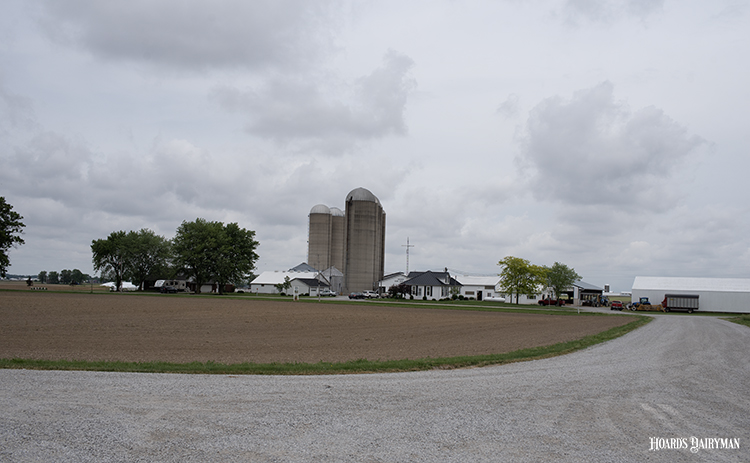
In a recent publication in the Journal of Dairy Science, a group of scientists from Cornell University highlighted the importance of financial resiliency to manage economic risk in dairy farm businesses. According to the authors, financial resiliency is the "capacity over time of a farm business to either avoid financial distress in the face of revenue or cost volatility and/or recover from any distress that occurred." In simpler terms, financially resilient dairy farms are those prepared to successfully navigate the storms generated by reductions in revenue due to a low milk price, greater expenses due to high feed prices, or both.
To evaluate financial resiliency, the authors propose to monitor changes over the years of some key financial indicators like return on assets (ROA), the equity-to-asset ratio (EAR), current ratio (CR), and debt coverage ratio (DCR), among others. For example, consider first a hypothetical Farm A that closed 2014 with a 12.7% return on assets, a 0.72 equity-to-asset ratio, a 3.3 current ratio, and a 3.3 debt coverage ratio. Then consider a hypothetical Farm B that closed the same year with an 8.1% return on assets, a 0.73 equity-to-asset ratio, a 2.6 current ratio, and a 2.2 debt coverage ratio.
Table 1. Key financial indicators of two hypothetical dairy farms (A and B) during the years 2014 and 2015. | ||||||||
ROA | EAR | CR | DCR | |||||
A | B | A | B | A | B | A | B | |
2014 | 12.7 | 8.1 | 0.72 | 0.73 | 3.3 | 2.6 | 3.3 | 2.2 |
2015 | 0.6 | 4.4 | 0.70 | 0.72 | 2.8 | 2.5 | 0.9 | 1.8 |
Change | 12.1 | 3.7 | 0.02 | 0.01 | 0.5 | 0.1 | 2.4 | 0.4 |
After navigating the crisis of 2015 when milk price dropped substantially, Farm A closed 2015 with a 0.6% return on assets, a 0.70 equity-to-asset ratio, a 2.8 current ratio, and a 0.9 debt coverage ratio. Farm B closed 2015 with a 4.4% return on assets, a 0.72 equity-to-asset ratio, a 2.5 current ratio, and a 1.8 debt coverage ratio.
For Farms A and B, the return on assets dropped 12.1 and 3.7 percentage units, equity-to-asset ratio dropped 0.02 and 0.01 units, current ratio dropped 0.5 and 0.1 units, and debt coverage ratio dropped 2.4 and 0.4 units, respectively. Farm B was more financially resilient than Farm A, given that all financial indicators changed less after the crisis.
In summary, and as stated by the authors, determining financial resiliency is possible by evaluating changes in economic indicators of the dairy farm. This helps measure the financial decline in poor years and the rebound in better years.








